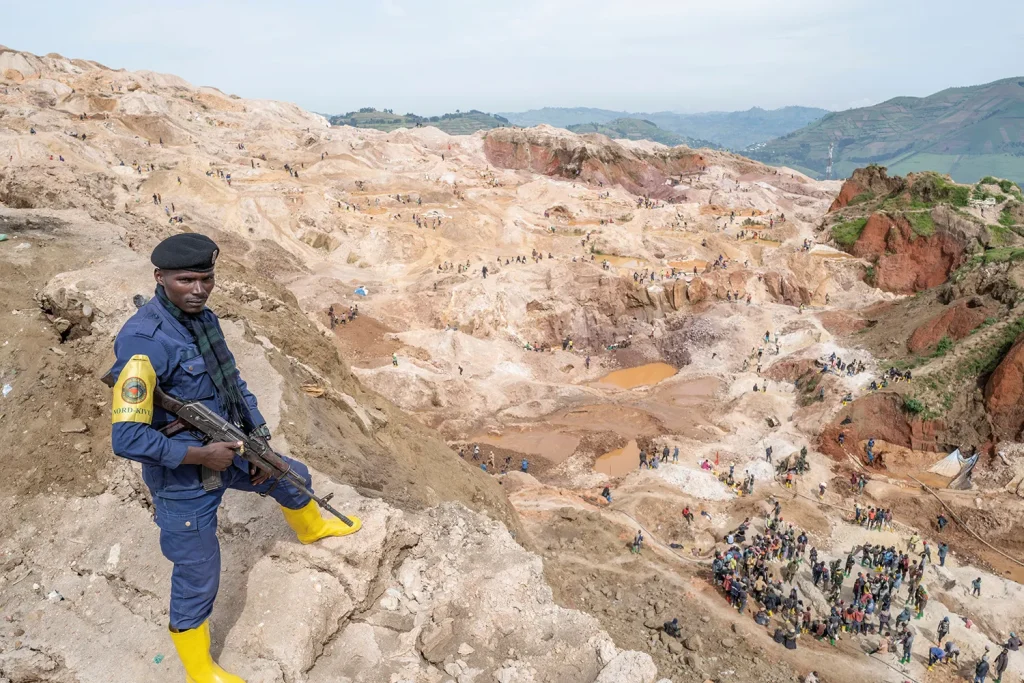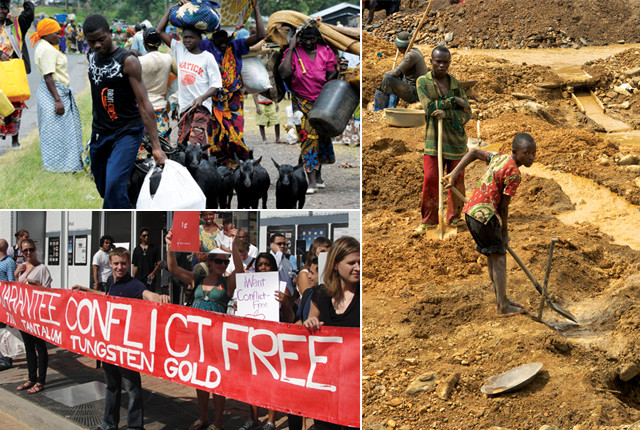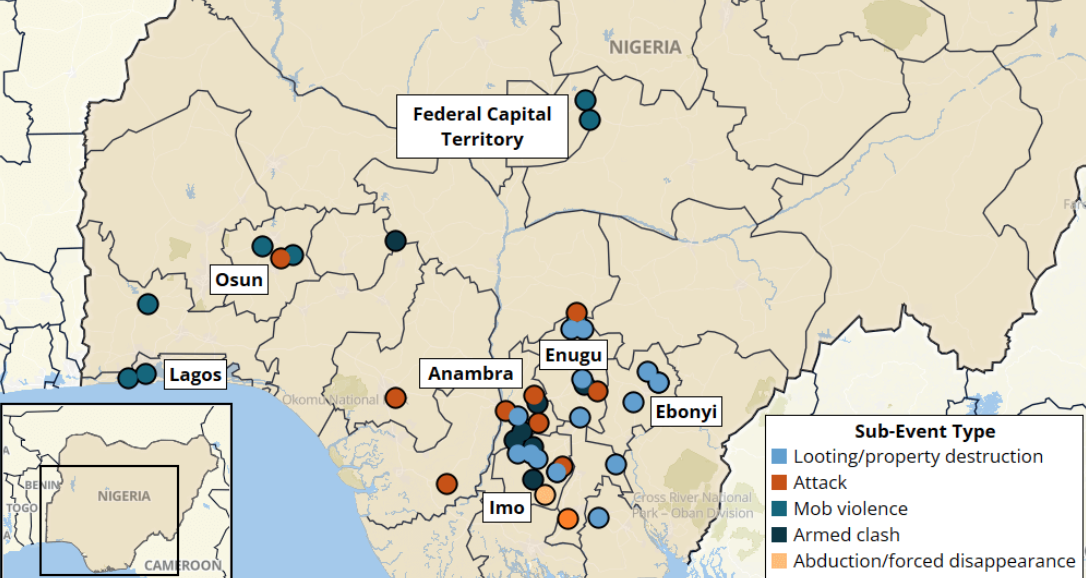
In 2010, the U.S. Dodd‑Frank Act aimed to cut funding to armed groups in eastern Congo by regulating “conflict minerals”. But intent and outcome diverged—creating unintended economic and social harm. Here are seven lessons learned.
1. Massive disruption to artisanal livelihoods
Some 8–10 million Congolese depend on artisanal mining. Without consulting them, Western firms pulled out, blockading most mining sites. The result? Economic hardship, smuggling, and heightened militia recruitment
2. Traceability schemes were too limited
Initiatives like ITSCI and OECD-aligned programs covered only a few mines (e.g., Nyabibwe). Even certified mines faced smuggling and logistical failures—undermining their legitimacy
3. Rebel funding barely affected
While tech firms needed “conflict-free” minerals, the overall tail didn’t wag the dog. Rebel group M23 and others continued illicit extraction, with armed group activity rising post-2010 :
4. Local elites profited, not miners
Traceability programs placed costs on miners—up to 80% of fees filtered back through export taxes. Wealth trickled upward, while the miners saw no benefit
5. Certification failed to curb conflict
Despite some demilitarization in certified areas, violence continued elsewhere. Smuggling flourished, and rebel-linked trade increased
6. Industrial mining and politics displaced locals
Concessions like Rubaya were awarded to politically connected firms—displacing artisanal diggers. Greater profits flowed to large companies, not communities

7. Root causes remain unaddressed
Poverty, governance issues, child labor, insecurity—and no economic alternatives—were ignored. Regulation tackled symptoms, not fundamental drivers :
🛠 What Must Happen Next
- ✅ Expand traceability to all mining sites with local oversight and aid miners directly.
- 💰 Channel funds back to community development and livelihoods.
- 📜 Reform Dodd‑Frank Section 1502 to promote DRC-led origin controls :
- 🛡 Strengthen governance and transparency to curb smuggling and elite capture.
- 🤝 Integrate artisanal miners into industrial frameworks fairly, without displacement.
🔗 Further Reading & Sources
- Our series on Artisanal Mining & Peacebuilding in DRC
- Original analysis by Christoph Vogel
- Foreign Policy critique of ITSCI
- IPIS story‑map of conflict mining :
- Mongabay: How illicit mining fuels violence
Conclusion
The Dodd‑Frank approach to conflict minerals was well-intentioned—but its narrow focus hurt the very people it aimed to protect. Artisanal miners lost income, rebels found new smuggling pathways, and elite capture went unchecked. Real progress requires broad traceability, governance reform, community reinvestment, and a shift from punitive rules to partnership-driven development.
Published by Think Africa Press Analysis.
for more news visit our website




